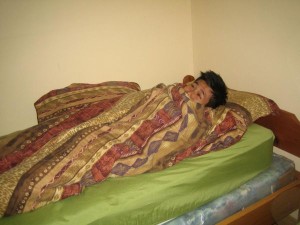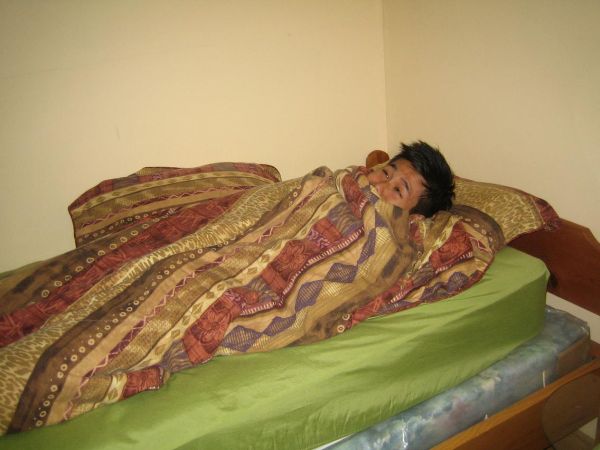
It was a great shock and tragedy to the world when the Titanic sank in the North Atlantic Ocean on April 1912, while on voyage from Southampton, UK to New York City, USA. Thousands of lives were lost when the “unsinkable” ship, the largest afloat during its time, struck an iceberg which lead to its sinking. Its movie version was such a big hit that the story of Jack and Rose was the highest grossing movie of all time for more than a decade. While Rose survived the tragedy and lived to be an old woman to tell the tale, Jack died from hypothermia. And so did most of the people who managed to escape the ship but not the icy temperatures of the ocean. Temperatures in the North Atlantic Ocean range from below -2 ˚C (28˚F), varying by 7-8 ˚C (12 – 15˚F).
The normal body temperature or normothermia of the body is 37 ˚C. Therefore when the body is said to be hypothermic, the body’s temperature is lower than normal. Usually, when the temperature of the body is below 35 ˚C, hypothermia occurs. Normal body functions occur at normothermia and at temperatures greater or less than this; it is hard for the body to carry on common functions. Organs and organ systems gradually fail until death befalls. Those who are at greater risk are the infants and elderly people.
The most common cause of hypothermia is exposure to extreme low temperatures. However, wet or windy conditions and submersion in cold water may also lead to hypothermia. If the victim shows signs of shivering, garbled speech pale and cool skin, responsive but with apathy or confusion and impaired coordination, the victim may be suffering from mild hypothermia. Conversely, if there is no shivering, but increased muscle stiffness, gradual loss of consciousness, and slow, irregular pulse, the victim may be suffering from moderate to severe hypothermia. Extremely severe cases may lead to cardiac arrhythmias and eventually, cardiac arrest.
In cases of hypothermia, immediately call for emergency medical support. While waiting for the arrival of the emergency team, check and monitor the person’s breathing. If breathing is short or slow, initiate CPR. If possible, remove the person from the cold and go indoors. Conversely, if going indoors is not possible, keep safe the person from the wind. Seal the head and protect the individual from the cold ground. Once indoors, remove the wet clothes with warm and dry covering.
Direct heat, such as stoves, hot water or heating lamp, must not be applied to avoid burns. The skin will not feel the burns due to their numbness. Rather, it is advisable to apply warm compresses to the various areas of the body such as head, neck, chest and groin. The arms and legs must not be heated in order to avoid the cold blood from going back to the heart, lungs and brain. This may be fatal, if there is a drop in the core body temperature. Offer warm non-alcoholic beverages. The person must not be rubbed or massages as this may lead to damaging the skin.
First aid training cannot be substituted with suggestions for treatment. It is better to take first aid courses to better train one’s self in case of danger.

